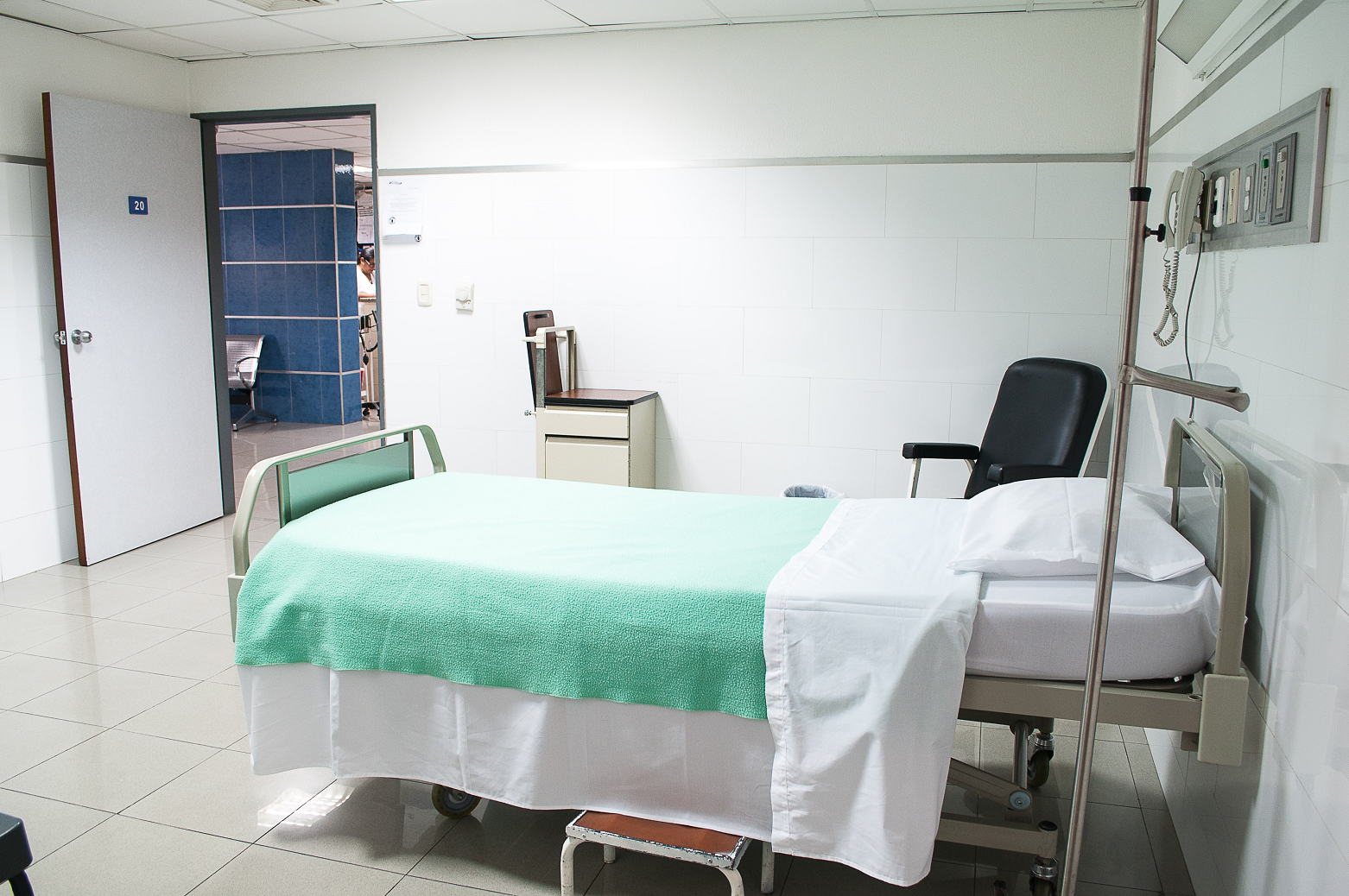Hospital Bed Crisis in Hong Kong’s Future

A recent report published by the South China Morning Post has stated that Hong Kong will face a Hospital crisis by 2026 due to the fact that local medical facilities will not be able to provide enough beds to cover patient demand.
As CCW Global has previously reported, Hong Kong public hospitals are already experiencing severe overcrowding. The burden placed on a number of the city’s publically operated hospitals has increased to such an extent that patient demand, and the inability of these facilities to provide adequate numbers of beds is correlated to higher levels of patient mortality and increasing doctor turnover.
Part of the overcrowding problem being experienced in 2014 can be attributed to a nastier-than-usual flu season, which has inflated demand for the city’s emergency medical services. This inflated demand has meant that patients have to wait for longer periods of time in emergency departments before they are able to receive a bed in a ward; simply due to the exaggerated numbers of individuals requesting treatment. However, the problem is not only contained within the public system – many of the city’s leading private hospitals are also experiencing growing waiting times.
According to Tim Pang Hung-cheong of the Hong Kong Patient’s Rights Association “patients [at private hospitals] often have to wait for weeks to have surgery.” Mr Pang went on to add “some [patients] are forced to upgrade to first class rooms with higher charges as the general wards are occupied.”
The cost associated with private rooms at Hong Kong’s private Hospitals can be in the region of thousands of dollars a night; meaning that patients requiring long-term care may not be able to access vital care quickly without spending a fortune on treatment, unless they have a quality Hong Kong health insurance plan.

However, the purchase of Health Insurance products is not a universal cure-all to a system which is intended to serve as a safety net for the larger local population. As such, the lowered availability of beds at busy government hospitals poses an extreme headache for the hospital authority.
In 2011 the Hospital Authority set a target ratio of 1 public hospital bed for every 182 Hong Kong residents. In the last 3 years that ratio has increased to 1 bed per 200 residents, and is set to grow even further over the next decade to 1 bed per 208 residents. When coupled against a background of an aging population, and considering that individuals aged 65 years or older will require far more inpatient healthcare, on average, than younger people, the long term sustainability of Hong Kong’s public healthcare system is put into question.
Outside of aging Hong Kong residents, a second major issue facing the city’s public healthcare facilities can be found with the subject of medical tourists. The Hospital Authority and the relevant healthcare planning boards only take local residents into account when generating use forecasts for the Hong Kong’s public healthcare system development. However, between 10 to 20 per cent of all patients currently occupying a bed a Hong Kong public hospital are not local residents – in most of these cases the patients are mainland tourists who have come to Hong Kong specifically to receive healthcare.
Government officials have proposed building additional private hospitals as an avenue to alleviate the expected overcrowding at the city’s public medical facilities. A number of major developments along this line are currently in the works; the construction of a children’s hospital in Kai Tak as well as a hospital in Tin Shui Wai are both in the pipeline to provide additional capacity within the local healthcare system. Additionally, at least 3 new private hospitals are set to be built by 2017, adding almost 40,000 new beds to the healthcare options in Hong Kong.
The problem of overcrowding in Hong Kong’s public hospitals comes hot on the heels of a long term reform agenda in the form of the government’s HPS proposals – proposals which are also intended to alleviate demand for public healthcare services whilst incentivizing the use of private medical facilities. Despite these proposals, and the intended construction of new hospitals across the city, there remain a number of inherent long term issues within the city’s healthcare system. Not in the least of these issues is the fact that the high cost of private healthcare forces large portions of Hong Kong’s population into using the public system, which in turn leads to over crowding and lower patient care.
On the other side of this conundrum is the fact that many locally provided health insurance options are simply not sufficient to enable a policyholder to access long-term quality healthcare services at a private medical instruction. Although the HPS aims to institute the necessary incentives to fix this coverage gap and open the market up in much the same way in which the Affordable Care Act created a widespread insurance marketplace in the USA, the simple fact is that no concrete HPS legislation has been introduced despite a consultation process dating back to 2008.
Whilst bed capacity is being introduced to expand the services and patient load at Hong Kong public hospital, more creative solutions may be needed to solve Hong Kong’s healthcare issues over the long term.



